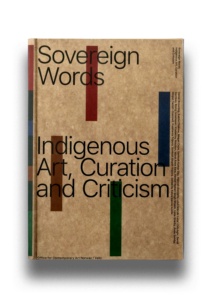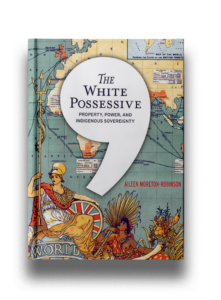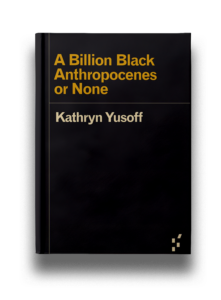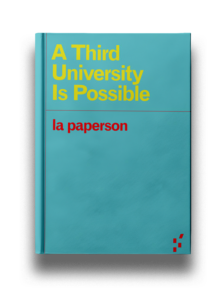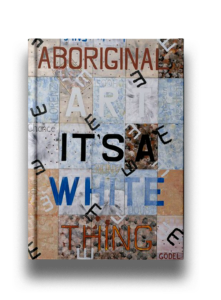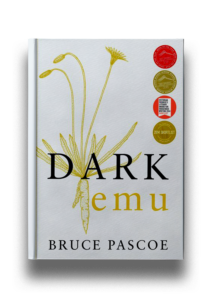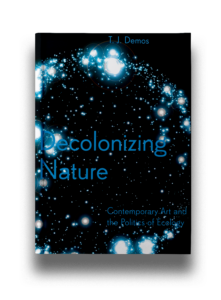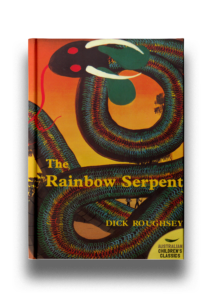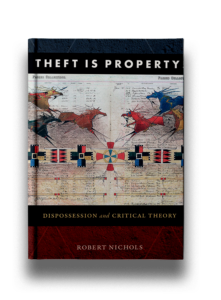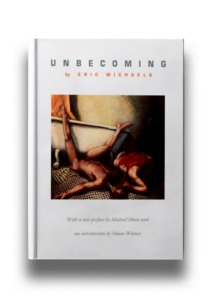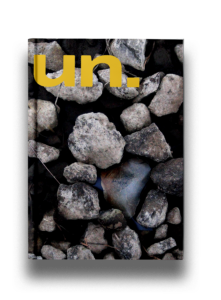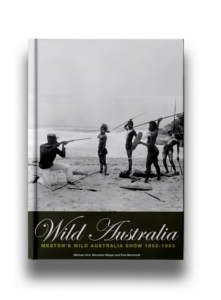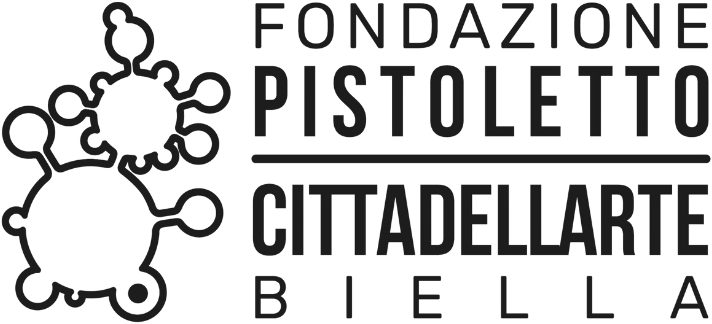Year
2014
Publisher
University of Minnesota Press
Author
Glen Sean Coulthard
Annotation
Ever been tempted to consider specific claims of Indigenous rights in the light of either Marxist or Fanonian critique? In that case, this is the book for you. Indigenous (Yellowknives Dene) scholar Glen Coulthard closely examines the unfolding of sovereignty projects in Canada and particularly surrounding the Dene nation. With a keen eye, he teases through the knots encountered by First Nations communities from the 1970s forward, as settler legal and business frameworks wrestled with the fundamentally radical terms of Indigenous sovereignty. Through one arc of analysis in dialogue with Marx, the fundamentally economic basis of Indigenous sovereignty is traced – refuting a narrowly ‘cultural’ basis of Indigneous rights. Through a parallel arc of analysis in dialogue with Marx, the indisputably social, psychological and aesthetic basis of Indigenous rights is also upheld as integral to a politics of ‘Resurgence’.
Vivian Ziherl
I argue instead that instead of ushering in an era of peaceful coexistence grounded on the ideal of reciprocity or mutual recognition, the politics of recognition in its contemporary liberal form promises to reproduce the very configurations of colonialist, racist, patriarchal state power that Indigenous peoples’ demands for recognition have historically sought to transcend.

